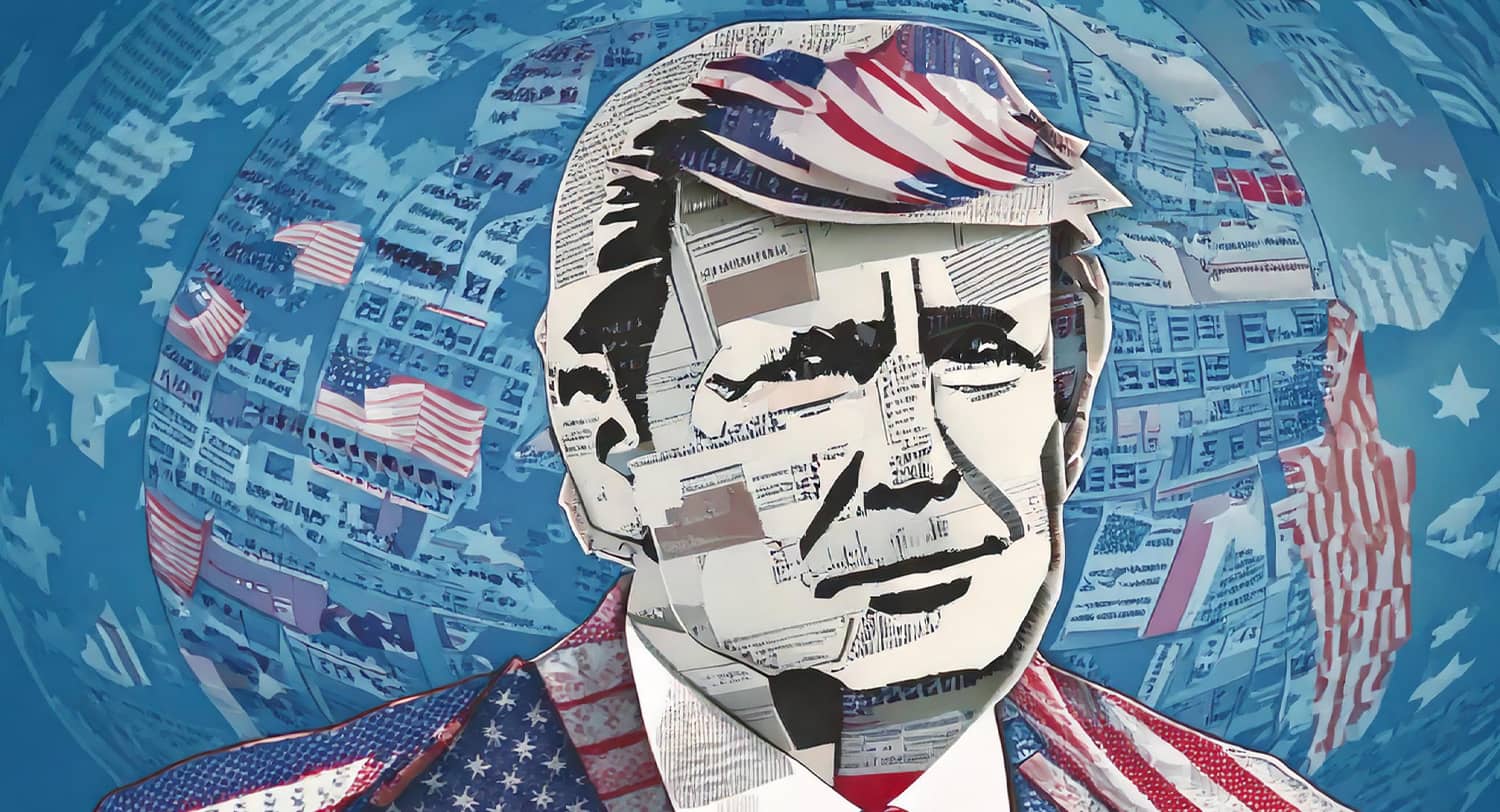Donald Trump’s resounding victory has potentially tectonic implications for allies, friends and the world. People are drawing conclusions by extrapolating from Trump’s actions in his first term. I think it could be a bit different this time.
First, despite Trump’s campaign style as performance art, there was more structure and substance to his campaign this time. He selected Susie Wiles, a real professional, to be his campaign manager and stayed with her strategy throughout the campaign. And he just appointed her to be his chief of staff. This suggests Trump II could be less chaotic and undisciplined than we saw in his first term.
Second, the Trump team assembled substance matter experts to develop policy positions during the campaign, and this team is now the core of his transition planning. Trump didn’t think he would win the first time and never bothered to assemble a real transition team. It is different this time. I am seeing some of the more successful executives from his first term now playing roles in the transition, again suggesting there will be more structure and discipline.
Third, Republicans likely will control both houses of Congress, though the deep fault lines within the Republican party will continue to confound rapid action. Most likely, the Trump administration will make tax relief the primary focus of his legislative agenda. It is the one thing that generally binds together the disparate voices in the Republican Party. And the Washington influence lobby has been gearing up for months. The rest of his agenda will depend on actions he can take through unilateral executive authority.
What does Trump II mean for allies and partner countries? Here I find some confusion. Clearly, Trump’s economic agenda is to drive up the cost of imports to such a degree that companies will move manufacturing back to the US. This clearly has inflationary implications, and I don’t think that dynamic has yet been factored in. Trump’s campaign rhetoric and campaign documents clearly point toward a very aggressive economic confrontation with China, stating clearly that he intends to revoke China’s most-favored-nation trade status. His speeches and documents bristle with aggressive intentions on trade policy, including re-negotiating unfair trade agreements (read the Korea-US Free Trade Agreement and the US-Mexico-Canada Free Trade Agreement.)
But his references to hard security issues are vaguer. When it comes to NATO and partner countries, the campaign platform just states the US will “strengthen alliances by ensuring that our Allies must meet their obligations to invest in our common defense.” When it comes to East Asia, Taiwan is conspicuously absent from the campaign platform. Instead, it states “we will champion strong, sovereign and independent nations in the Indo-Pacific.”
Specific military commitments in the campaign platform focus on using navy forces to inspect inbound ships and interdict drug shipments, and to use the military to round up illegal aliens committing crimes.
There is no question that Trump II will continue his “America First” agenda, but with curious and ambiguous references to how he will conduct foreign and security policy. One should be careful not to read too much into campaign literature. It is designed, after all, to stir sympathetic support without binding the candidate to any specific course of action. But one would also be mistaken to dismiss these statements as just the script of an actor, detached from real intent.
The second Trump administration likely will emphasize a confrontational economic posture with concrete goals, but a somewhat ambiguous security agenda with America in the lead but with details to be worked out as circumstances dictate. These two spheres, however, cannot be treated in isolation, especially in Asia. If Trump II is to have a coherent approach to global matters, one sphere will have to recede to the other.

